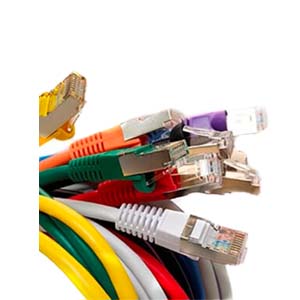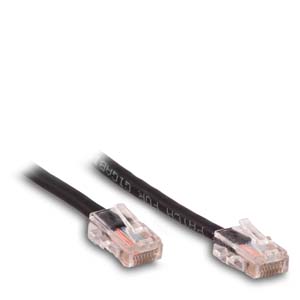Cables Blog
How do you convert different types of signals into HDMI so they can be displayed on HDMI devices
Converting signals to HDMI for viewing on Modern Devices Entertainment technology is an ever-increasing whirlwind of innovation, resulting in new and impressive features. As great as new and immersive entertainment technology can be, we sometimes find that our favorite devices can get lost in translation and some formats don't cross over as easily as we think they should.
by Vikas Dayal • June 21, 2017
Converting signals to HDMI for viewing on Modern Devices
Entertainment technology is an ever-increasing whirlwind of innovation, resulting in new and impressive features. As great as new and immersive entertainment technology can be, we sometimes find that our favorite devices can get lost in translation and some formats don't cross over as easily as we think they should. HDMI has become a titan in the industry and is a standard on most new devices, with some accepting exclusively HDMI inputs. However, there are times when we want to connect a device to our HDMI display which may not interface directly. Fortunately, if this is currently the case for you, there are a number of solutions on the market to address these needs. Finding one that works for you will depend on your intended device and how you plan to use it.
VGA to HDMI
VGA (or video graphics array) is a common format that was introduced three decades ago in 1987. VGA is a standardized format which can be found on a large majority of consumer computers.
VGA is an analog format, whereas HDMI is digital. This being the case, VGA signals cannot be converted to HDMI with a simple cable or plug. Converters are available which will properly convert the signal from analog to digital, allowing the user to connect their computer to an HDMI viewing device such as an HD monitor or their TV. Many converters will also include an audio input. VGA, being a video format, will not transmit audio. For those looking to use audio as well (such as for TV and movie viewing), an additional audio cable may be required.
USB to HDMI
USB to HDMI is a more straightforward conversion for several reasons. USB is already a digital format and will be less likely to suffer fidelity loss in the conversion process. USB will also carry an audio signal, simplifying the conversion process further. A USB to HDMI adapter will connect to a USB port on a device, most commonly a computer, and allow the user to connect to an HDMI device. USB to HDMI converters are commonly used to play digital content on a computer while viewing on an HDTV (such as video editing, TV, or video gaming). They may also be used to expand the working space of a computer, incorporating an HDMI device as an additional monitor.
Composite to HDMI
One of the common conversions for entertainment lovers, composite to HDMI adapters help bridge the gap between our old favorite devices and our new modern displays. Video game consoles and DVD/VHS players are common victims of the new wave of digital devices. Many previous generation game consoles and media players were built before HDMI support was available or widespread, and may be unable to connect to a new HDTV which sometimes lack composite inputs altogether. Thankfully, composite to HDMI converters allow us to experience our favorite devices again.
Like VGA, composite to HDMI adapters must take a native analog signal (containing both audio and visual data) and convert it to a digital format. This is a great feature for people who want to enjoy their older devices regularly, but may sometimes result in a loss of fidelity as some signal is lost in the conversion from analog to digital.
By understanding the formats of your current devices and your needs, you will be able to find a solution that works for you and your set up. With a proper converter and a little bit of know-how, you can enjoy many of your devices in great HDMI quality.










